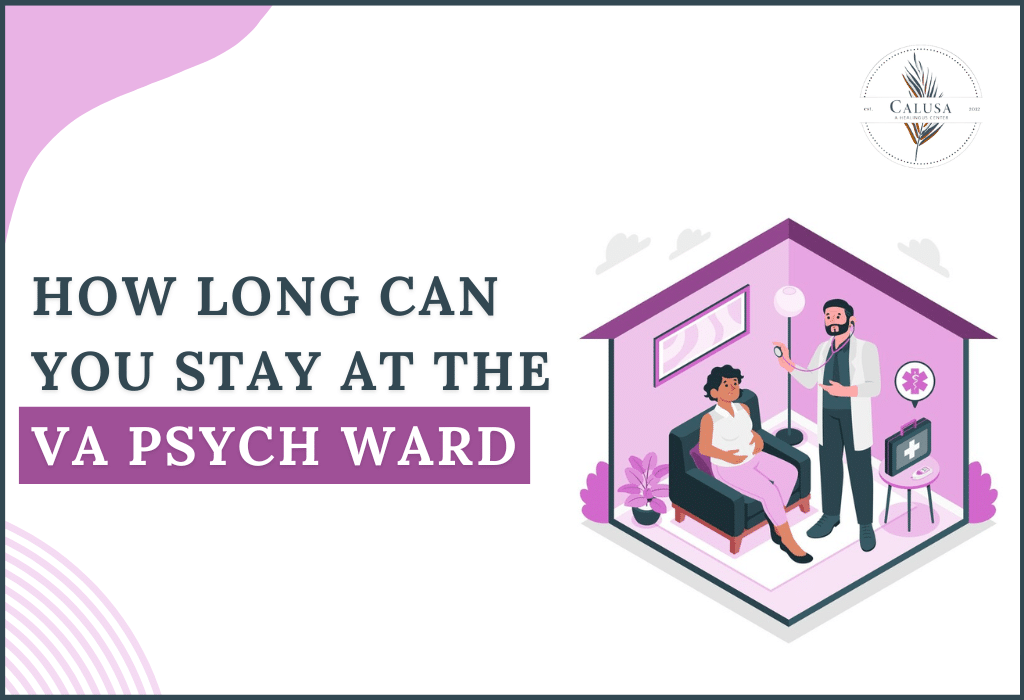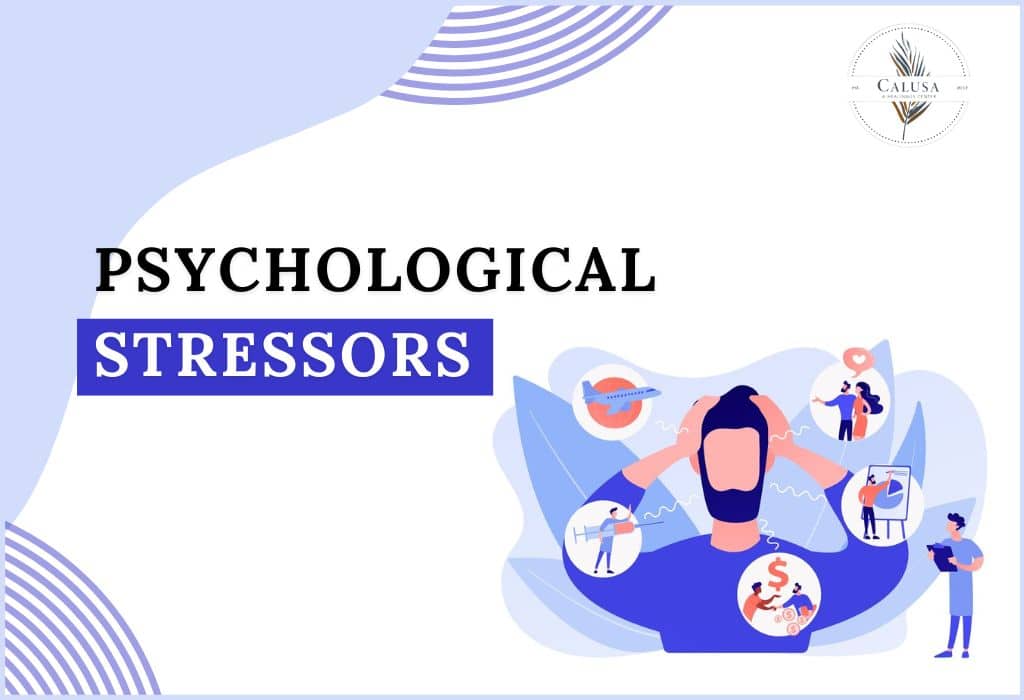Top-Rated Addiction Treatment Programs Near You
Find the Best TreatmentThat Works for You.
Experience client-focused, evidence-based behavioral healthcare treatment designed for individual healing & recovery from substance abuse & mental health issues.
Don’t miss out on the things you enjoy most at our private, individualized, tech-friendly programs where you will feel right at home.
Covered By Insurance?
Find the Best Addiction Treatment Centers in the country
We help you become the best version of yourself by delivering bespoke treatment plans featuring the world's best behavioral healthcare therapies backed by scientific data to ensure long-term, lasting results.
- Private & Semi-Private Rooms
- Devices Allowed
- Secluded Settings
- Holistic Wellness



your health Insurance can cover up to 100% of the costs
We Work With Most Major Insurance
We work with most major insurance carriers to help provide affordable, accessible treatment options to those who need it most. Our admissions coordinators can answer all of your questions. Call for a confidential assessment and insurance verification.



















Modern Facilities Designed forYour Ultimate Comfort.
Explore our nationwide network of behavioral healthcare facilities offering high-quality, individualized care.

The Villa

The Lofts

The Cottage

The Manor

The Colony

The Ridge
What to Expect
Exclusive Amenities
When you step into one of our treatment center locations, you will find a harmonious blend of tranquility and modernity. Our amenities are carefully curated to enhance the therapeutic experience while ensuring comfort and safety. From comfortable and inviting living spaces to well-equipped therapy rooms, we strive to create an environment that promotes relaxation, reflection, and growth.
- Semi-Private & Private Suites
- Client Welcome Kits
- On-Site Laundry Services
- Fully Stocked Kitchen
- Chef-Prepared Meals
- In-Ground Pools & Outdoor Lounges
- Virtual Family Programming
- Travel Assistance & Arrangements
24/7 Support
Private Rooms
Pool & Hot Tub
Laundry Service
Transportation
Gourmet Meals
Life Saving Addiction Treatment
Why Choose Our Facilities?
At Adaptive Care Network, we believe that the healing process extends beyond the therapy sessions. We strive to create an environment where individuals can find solace, support, and rejuvenation.
Our treatment center locations provide a sanctuary for individuals to embark on their path to recovery, surrounded by a team of high-energy experts dedicated to their well-being.
"Adaptive Care Network changed my families life with a single phone call.."
Average 4.9 rating based on 1000+ reviews
with you every step of the way
Science-Backed Therapeutic Solutions
In addition to the physical amenities, Adaptive Care Network’s treatment center locations offer a range of individualized services & features in order to address the impact of addiction on the mind, body, and spirit.
- Joint Commission Accredited
- Highly-Experienced Staff
- Personalized Treatment
- A Full Continuum of Care
- Innovative Therapies
- Luxurious Amenities
- Legit Script Verified
- Adaptable Recovery
- Medication-Assisted Therapy
- Health & Fitness Offerings
- Sober Activities & Outings
- Private Rooms Available
get free help day or night
Verify Your Insurance Benefits Right Now




Take the Time to Heal Yourself. You & Your Loved Ones Deserve It.
We understand that it can be overwhelming to pick up the phone and reach out for help. We offer a secure texting line that allows you to chat with someone who gets what you’re going through. Feel free to call or text us 24 hours a day, 7 days a week – no matter what.





